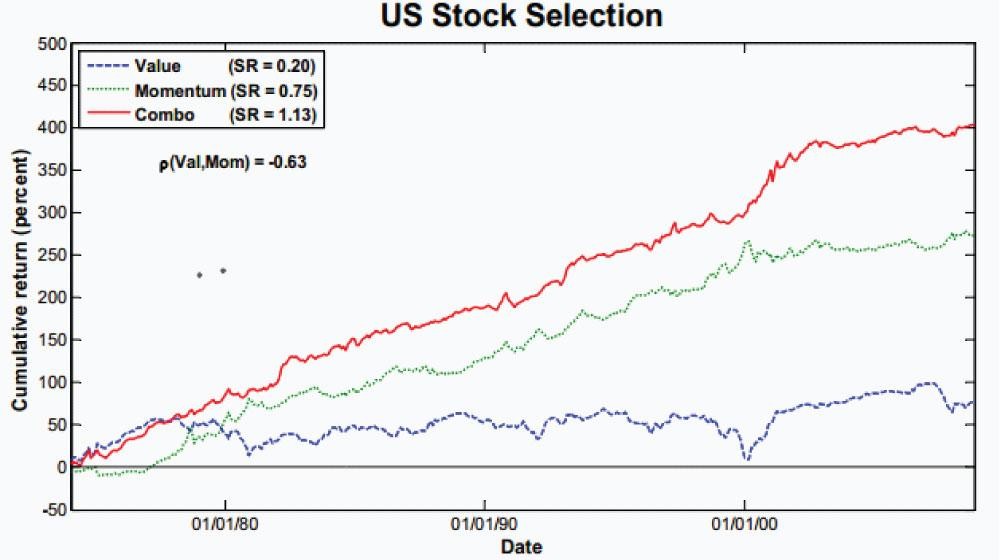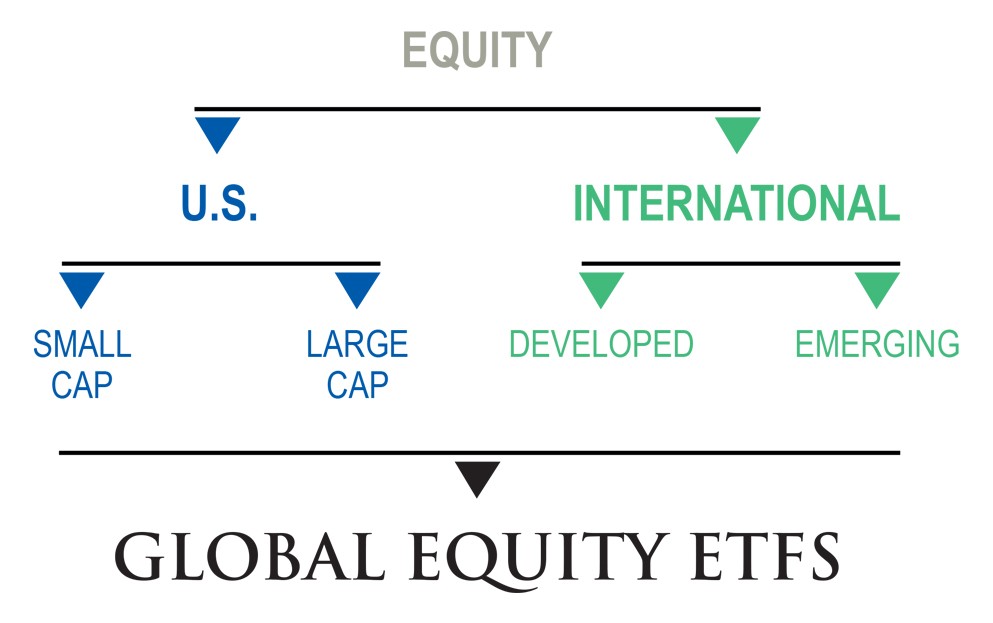Five investing strategies using ETFs
Post on: 16 Май, 2015 No Comment

Your e-mail has been sent.
How—and whether—you use exchange-traded funds (ETFs) in your portfolio really depends on your philosophy as an investor and how you might want to execute that philosophy. Are you a longer-term buy-and-hold investor? If so, you might consider ETFs, along with index and actively managed mutual funds, as a component of an overall asset allocation strategy.
There are many different strategies for using ETFs in your portfolio. Here are five well-tested ETF strategies for sophisticated investors and active traders to consider.
Getting tactical
Learn more about ETFs
For experienced investors who want to make short-term overweights or underweights to their strategic asset allocation, ETFs can be a useful tool. In these situations, ETFs can provide easy access to various corners of the market—for instance, different sectors, industries, styles, and capitalizations. ETFs can also provide a relatively inexpensive and flexible way for investors to get in and out of the market intraday without having to pay short-term redemption fees. Of course, investors pay brokerage commissions and bid-ask spreads on ETFs every time they trade.
Imagine an experienced investor who has a portfolio of U.S. stocks that tracks closely to the S&P 500 ® Index. Let’s say he is bullish on growth stocks—and the real estate market. He could use the iShares S&P 500 Growth Index ( IVW ) and the iShares Dow Jones U.S. Real Estate Index ( IYR ) to attempt to overweight those areas of the market, respectively. Why should he consider picking an ETF over individual stocks? There are many reasons, but one reason is that an indexed ETF can be an easy way to get targeted access to a whole sector or style, as well as diversification that investing in only a few stocks can’t give you.
Another investor might be bearish on a certain sector or geographical region. She wants to underweight exposure within her portfolio. So she might consider selling short a sector or country-specific ETF. Of course, selling a security short can be risky (you can lose more than you paid for the security), so this may not be the best option unless you are experienced and able to sustain serious losses if the market moves against you.
Diversifying and hedging
Some investors might also use broad-based ETFs to hedge risks in their portfolio. What if you hold a large percentage of your portfolio in a single stock, say Apple? In order to reduce overall risk and volatility in your portfolio due to that concentrated position, you might consider selling some of your position in Apple and buying a broader domestic equity ETF or a technology sector ETF with the proceeds to help reduce your overall portfolio risk through diversification.
Harvesting tax losses
In broadly diversified portfolios, chances are that at any given time some investments will be up and others down, simply due to cycles in the market. More sophisticated investors use this variability as an advantage for tax purposes by actively harvesting tax losses throughout the year to offset current or future capital gains.
The logic goes something like this: Taxes on investments can be looked at as an investment cost, like an expense ratio or commission. Realizing losses through tax-loss harvesting during the year can help reduce this cost. Why? Because realized losses can be offset against realized capital gains. Any excess losses you have after you have offset all realized capital gains can then be offset against ordinary income, up to $3,000 annually. Finally, losses not used in one tax year can be carried forward indefinitely to future tax years.
When tax-loss harvesting, an investor must be aware of the “wash sale” rules. Under the wash sale rules, a loss on the sale of a security is disallowed if the same security or a “substantially identical” security is purchased during the 61-day period beginning 30 days prior to (and ending 30 days after) the sale of the security that resulted in the loss. In order to stay fully invested and maintain their strategic asset allocation, investors may sell one fund and buy another fund or ETF as a short-term substitution to realize the tax benefit. To avoid the wash sale rules, you cannot purchase the same security or a substantially identical security. The law is not clear as to what constitutes a substantially identical security, particularly with respect to mutual funds and ETFs. As a result, if you are going to employ tax-loss harvesting, you should consult a tax advisor regarding the application of the wash sale rules.

Budgeting risk via a “core/satellite” approach
Some experienced investors believe that there are segments of the market that are more efficient and transparent than others. These investors often follow a “core/satellite” investment approach, using passive investments, like ETFs or index funds, to invest in the more efficient or “core” areas of the market, and actively managed funds for the less efficient or “satellite” areas. Other investors believe that the opportunities for outperformance of a fund relative to its benchmark by active managers are cyclical. As these investors see it, a roaring bull market lifts all boats, but smart stock pickers can really shine in rougher waters. These investors prefer a more heavily weighted indexed strategy during broad bull markets, but a more heavily weighted active management strategy for more challenging times.
Experienced investors may use this core/satellite approach to manage the balance between risk and potential return in their portfolio. The reality is that many individuals have a certain tolerance for volatility above and beyond what they are exposed to by the overall market. That tolerance is often called an “active” risk budget. When investors’ active risk budgets are exceeded, their portfolios are more volatile and have greater downside risk than those investors may want or be comfortable withstanding, given their investment goals.
How do you apply these concepts to your portfolio? When building a diversified investment portfolio, you can either spend your risk budget evenly across your investments or target that risk to areas within the portfolio where you believe the chance for excess returns is strong over your time frame. In core areas where you feel the chance to outperform is low, you might use passive investments—like index-based ETFs or index mutual funds—and accept only market risk and return. But in satellite areas where you believe an active manager can outperform, you might invest in actively managed investments—such as active ETFs or active mutual funds—looking for that excess return over the market.
Putting cash to work
It’s no secret that the markets can move fast and furiously. That’s why many institutional investors often use a strategy called “cash equitization” to invest excess cash while they determine which specific stock or bond investments to buy within their portfolio. This strategy can help them protect their portfolio performance from a nasty hit if, as historically has happened, the market rises in short bursts. These institutional investors often utilize ETFs as flexible and cheap investments to get market exposure.
If you find yourself in a similar position, wanting to get back into the market or having new funds to invest but lacking conviction about which securities to buy, ETFs could give you market exposure until you finalize your buy decisions.
Of course, these ETF strategies are not for everyone. But if you are willing to put in the time to learn about and manage them, they can be a value-add to the implementation of your overall investment strategy.














